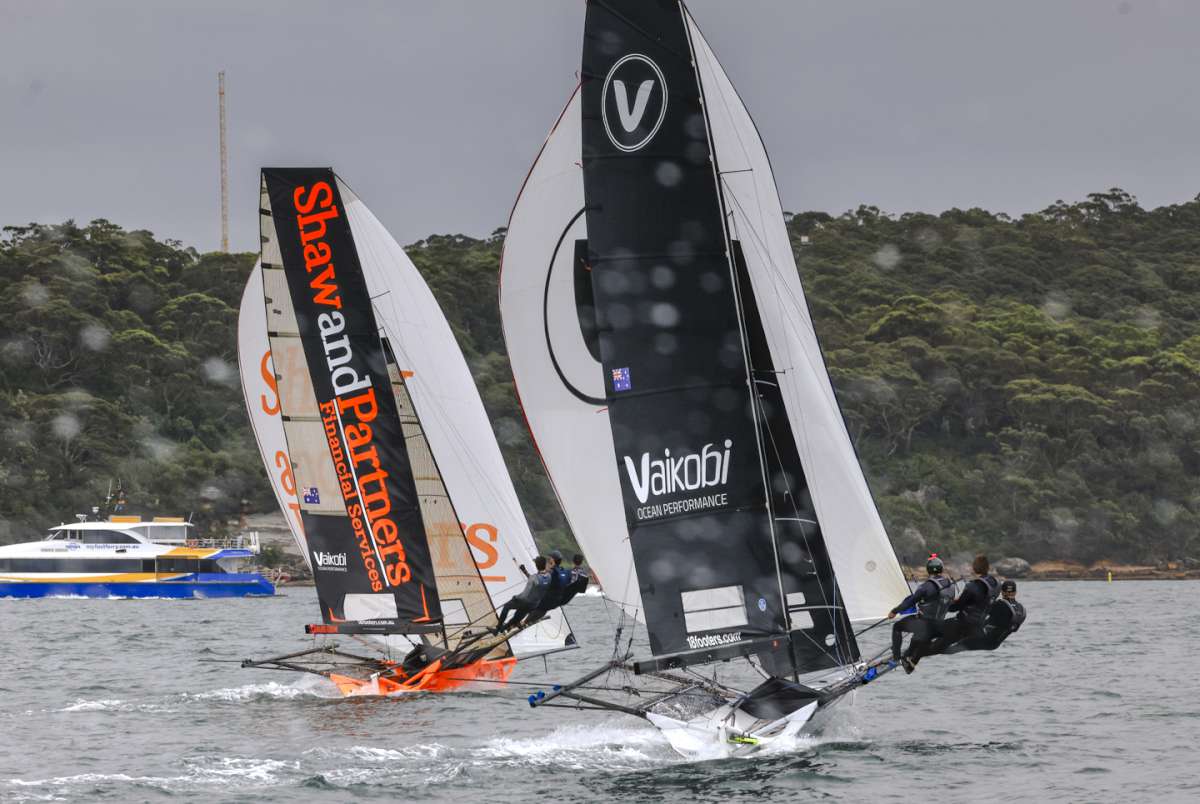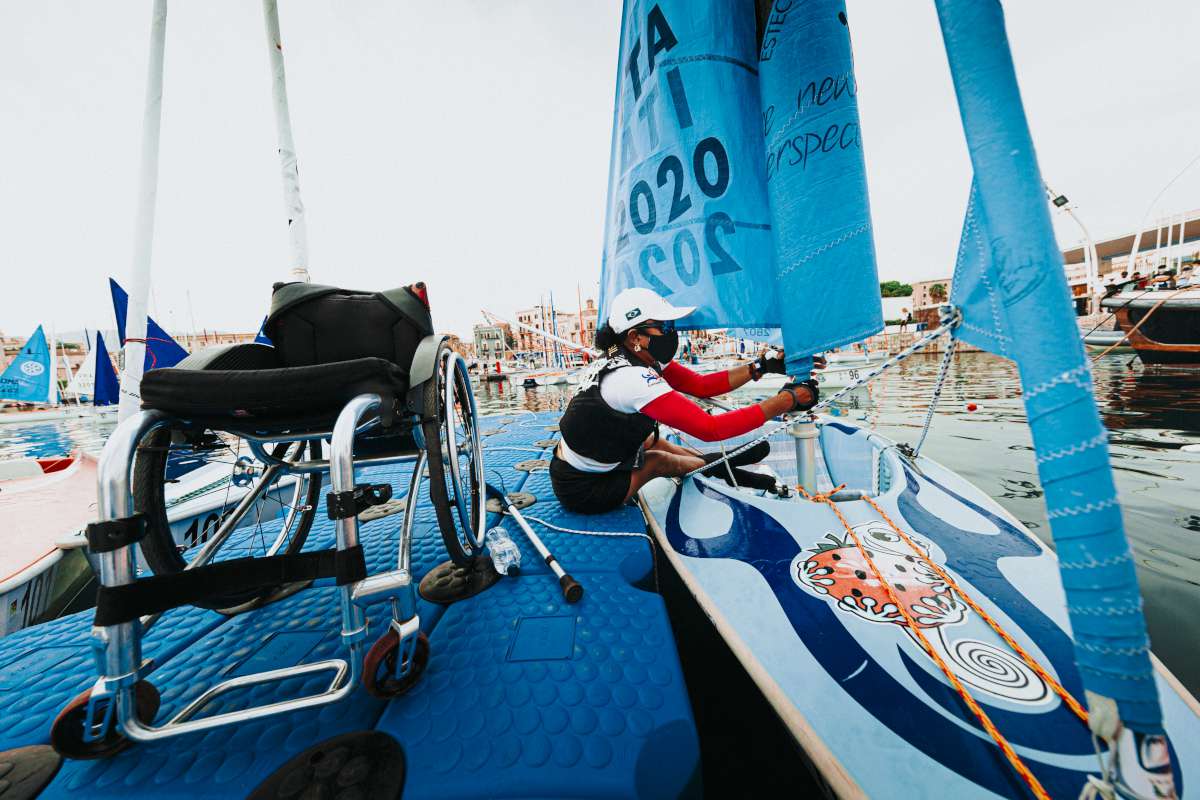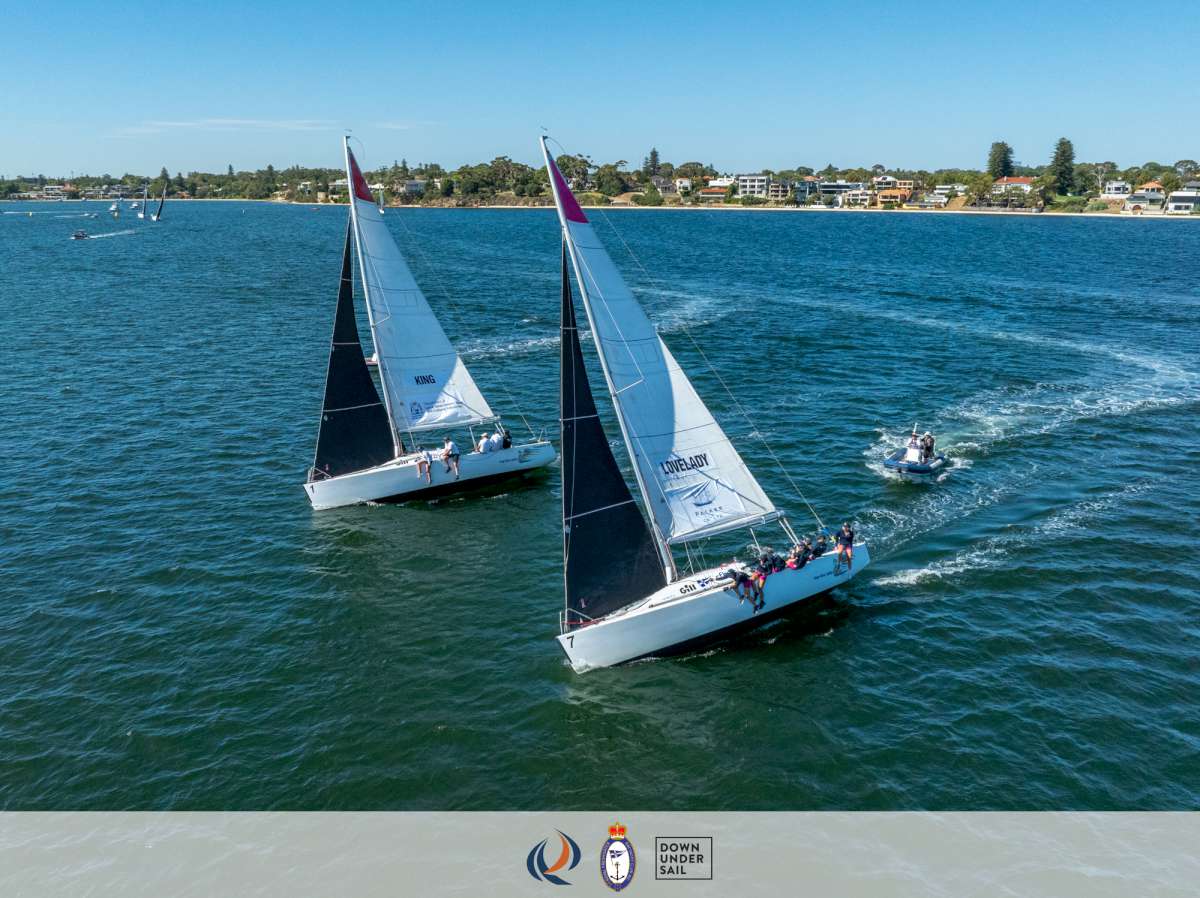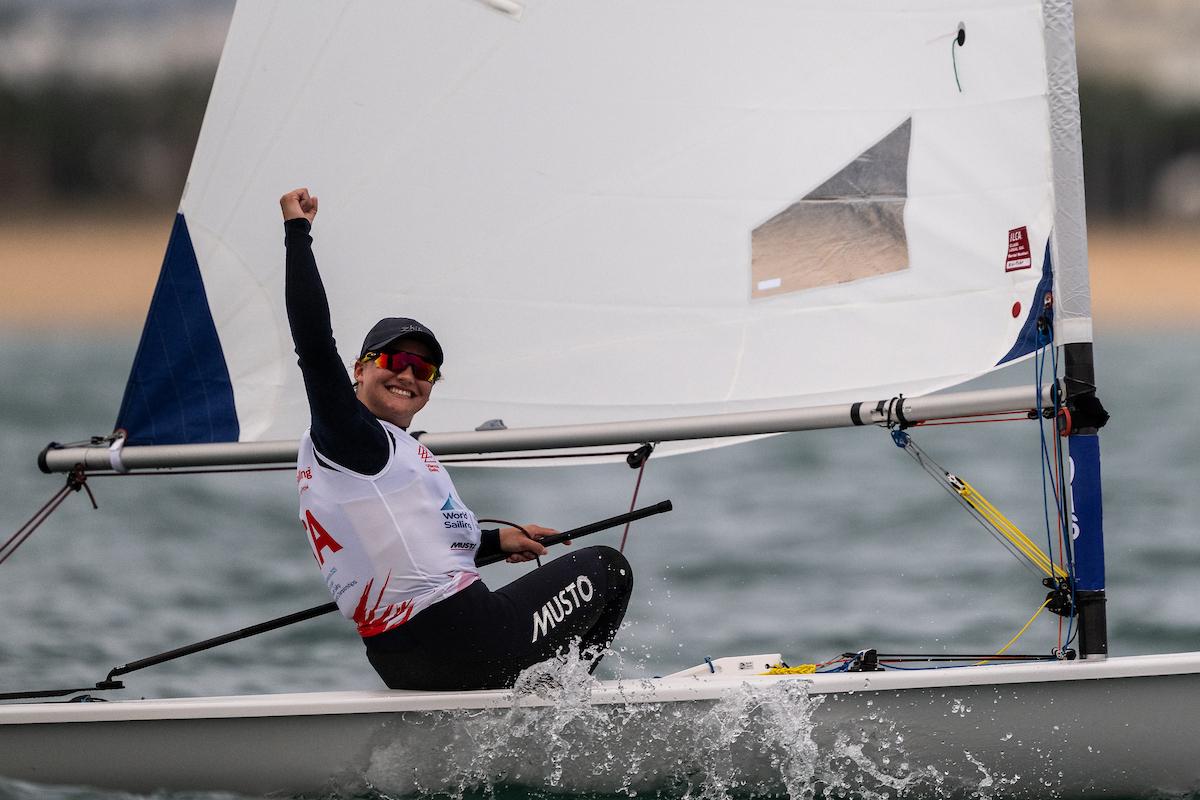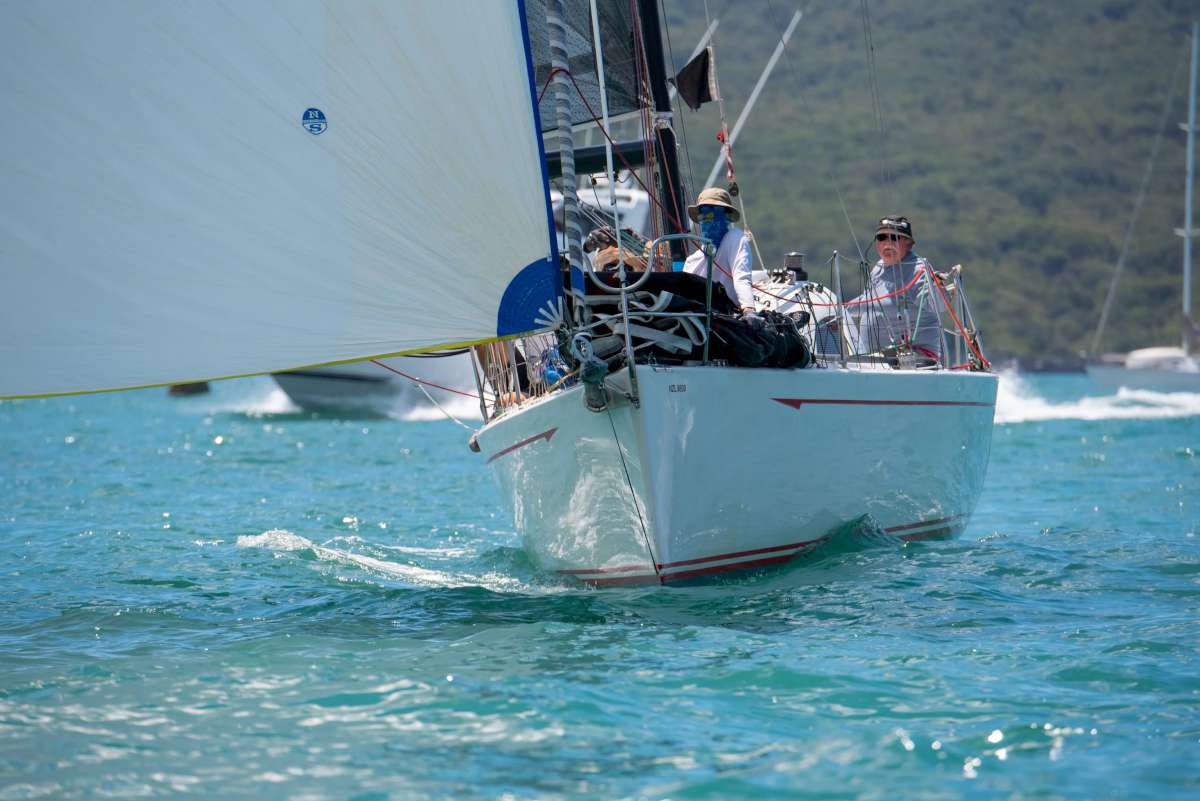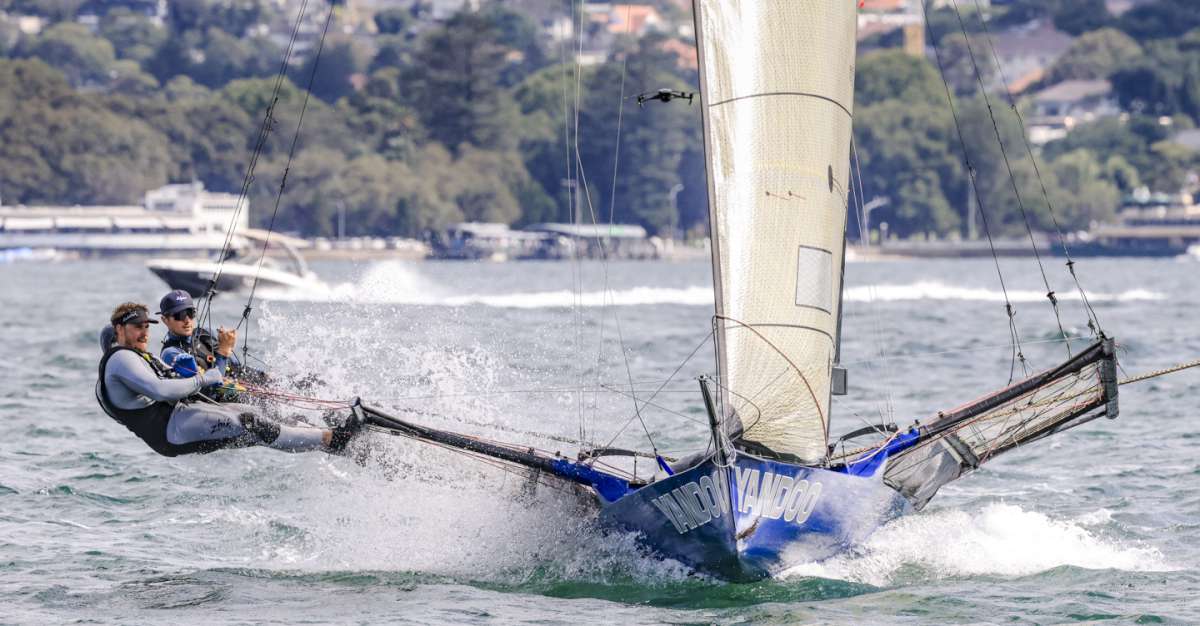
Back in 1979, all ships used the heavens to navigate. The world had no satellites guiding us every moment day and night, and our maps or what we called charts we're somewhat inaccurate – some had been made by aerial surveillance during WWII with soundings dating back to the earliest explorers. In 1979 the Four J's were five years underway from our home port of Sydney. We were on the cusp a dream existence that would see us sail our ship round Asia-Pacific providing transport for specialist groups to ultra-remote oceanic destinations.
I wrote Running scared at Spratly in 1982 following a tragic event and it portrays our experiences at that location three years earlier.
Running scared at Spratly
Only steel nerves and luck stood between the 1979 Amateur Radio expedition and disaster
Taken from the log of the sailing yacht Banyandah, South China Sea, March 31, 1979
0600 Dawn is breaking on this our third day at sea since departing Brunei, North Borneo. On the far eastern horizon an expanding band of changing pastels is rising. The sea and sky are becoming distinct.
As the sky brightens, pearl-grey clouds become highlighted with crowns of liquid gold and a charge of excitement builds thorough all on board. Silhouetted against this display of Nature's beauty, my six passengers are scanning the horizon for the first hint of our mysterious destination. Their chatter sounds like a flock of birds greeting a new and lovely day.
Somewhere ahead lays Amboyna Cay of the Spratly Islands. According to the pilot book, we should find only a 50m circle of sand surrounded by a bit of fringing reef. But recent hostile military activity in this area may have changed all of that.
0700 According to my sights and calculations we should be very close and I'm going to climb to the masthead for a look round.
0715 From the top, a tiny irregularity breaks the otherwise barren horizon, and elated, I yell down, “Land ho!” This raises a cheer from the deck and happy excited faces turn to follow the direction of my outstretched arm.
Nothing can be seen from deck level so a barrage of questions assault me as I climb down Banyandah's 15m main mast. “How big is it?” “Is it sand?” “Any trees?” “Did you see any buildings?”
“Hold on guys. It's just a blip. In a half-hour it'll pop up out of the ocean as if by magic.”
0745 Through binoculars, a yellowish sand crescent is just visible, rising out the sea as we ride up the swell, disappearing as we slid down. Everybody wants a look through the glasses, but Harry Mead, VK2BJL, team leader, and a new friend soon to become a dear and significant person in our lives, gets the first chance.
“Jack, is that a rock I see on the right-hand side?” Harry asked in his slow half-laugh, half-lisp handing back the glasses, and as Banyandah rose on a larger swell I saw what could be a rock, a wreck, almost anything. It's just too small to make out.
0800 It's not a rock or a wreck. It now looks like a huge tent – like a circus tent, only all tan in colour. Other objects, possibly structures, are situated about it. I'm beginning to get worried. The guys are getting edgy too; Stew, K4SMX, keeps talking about a letter he has which explains that we are a scientific expedition studying radio propagation. He keeps saying the letter is written in both Russian and Vietnamese. That sounds like he knows something I do not.
0810 There are three distinct groups of people visible on that tiny mound of sand, a group at each end with a smaller number on the top. The “top” hardly more than two metres above the sea.
0815 The smaller centralised group has begun signalling us with semaphore flags and everyone turns to me. John, KV4KV, asks the obvious, “What are they saying?”
“Look, I haven't a clue,” I said a bit perplexed. “But I think I'll anchor just offshore and row in for a friendly chat. After all, we don't even know who they are and they can only tell us to go away, right?”
My wife doesn't look so sure, but the others nod or mumble comments like, “We've come this far, we ought to give it a go.”
After everyone agrees, Stew beams another of his southern hospitality smiles and says, “I'll even go in with you.”
0915 Trouble
We're running scared, powering away from Amboyna Cay just as fast as our 80hp engine will push us. And we're searching the horizon in every direction for any intruder, deathly frightened we might sight one.
What happened back there was insane. I mean, we're just ordinary folk – peaceful family men – out on an adventure. We meant them no harm, and there was definitely no reason for them to try to kill us.
I guess things really began to happen once we came within a mile of the island. From that distance we could see that the cay was about half the size of a football field with several buildings of clapboard and corrugated iron at the centre, two radio towers as well. We also could see that the perimeter was reinforced with a wall of sandbags, and the wall facing us had a sign with large white letters, “BAOTHEP”
We began our final approach with one operator at the radio, scanning the bands, listening for a possible contact with the island. The other ham operators were on deck, clustered close together by the centre cockpit where Judith was at the controls, and I was at the bow, searching for a clear patch in the coral to drop the anchor.
I remember it became deathly quiet – only distant sounds of a light wind upon the sea and the sound of my heart beating in my ears pumping adrenaline through my body. As I reached for the anchor release, an abrupt order rang out, and groups of green-clad men began to scatter.
Explosions cut the air – boom…boom…boom…boom. The physical impact of the concussions slammed into us, and thrown to the deck, my mind began recording every detail of those hour-long seconds.
I saw four puffs of grey-white smoke hanging in mid-air above the cay and heard a shrill whistle go overhead then felt heat on my cheeks. The five operators, heedless of injury, threw themselves headlong into my cockpit and as I looked back along the deck, I saw the 200 litre drums of petrol nakedly lashed to the rails and for an instant my mind's eye imagined a huge orange-red blossoming death ball erupting from them. Then I screamed, “Move it! Move it! Full power!”
Getting up on all fours, I saw Judith at the helm, kicking bodies away from the floor-mounted controls. And then, with her eyes sunk deep and her teeth exposed in a grin of animal fear, she slammed the boat into gear and pushed the throttle to full power.
For what seemed like hours, we waited, unmoving, rigid, our every nerve straining for the slightest warning of a new attack. But none came. We were lucky.
Directly after the attack we returned to Brunei. Three expedition members thought it too dangerous to continue. Secretly so did I. Docking at Maura port in the early morning hours after six days at sea, Harry, Stew, and Bill, K1MM, wanted to try again. A new island was chosen, one which US government officials assured us was “safe.” That assurance reinstated my confidence, and I accepted the charter. Later those assurances proved nothing more than hog-wash.
We reprovisioned that day and departed that night. Two and a half days later, on a morning very similar to the one at Amboyna, we made landfall. Immediately, two unmarked ships closed in on us from opposite directions. One steamed directly across our bow only 200m off. It appeared to be a phantom ship – no flag, no markings, and no crew visible. When it had passed, we reversed our course, put on power, and prayed.
Again, we were lucky. But all of us thought we had just about used up our quota of luck. Tired and fed up with being scared all the time, we decided to head for home. That night, dear Harry nobbled me so sweetly over where we might go that I changed course for a reef charted as completely submerged, but near our rhumb line and worth investigating. Arriving the next morning, a hot glassy-smooth day with absolutely no wind or swell, as we rounded the weather end, I watched from the masthead, shaking my head in disbelief. Our luck was still holding. Right on the edge, a cluster of coral rocks had been dashed up by some past storm and a baby sand island was forming. It was no larger than my deck area, but appeared to stay above water at all tides.

This tiny scrap of sand, surrounded by miles of open ocean and hostile forces, became 1S1DX, the last active amateur radio station in the Spratly Islands. In four days of operations, 30,000 contacts were made from that dollop of sand. A great result for the team.
Footnote: Sadly, four years later, a Singapore yacht operated by the owner and his wife, carrying four German hams on a similar radio expedition to Amboyna Cay in the Spratly Group, was fired upon by Vietnamese forces. One German radio operator perished immediately when the yacht burst into flames. The rest of the party drifted for ten days on debris, with a second operator dying of thirst the day before being rescued by a passing Japanese freighter. This tragedy has never been properly explained because the attack on Banyandah had been widely reported.
My comment on this today:
Obviously I was naïve not to think of the oil in that area. Brunei, one of the richest in the world at that time, derived its wealth from offshore petroleum. The Vietnam conflict had only just ended and they were SE Asia's most powerful force and one of the five Nations claiming the Spratly Island region. From what I remember, the team's friend at the CIA gave us inaccurate information because the CIA never thought we'd really go.
A few log books further on, at a different location we were fired upon again, but that's a story for later.











